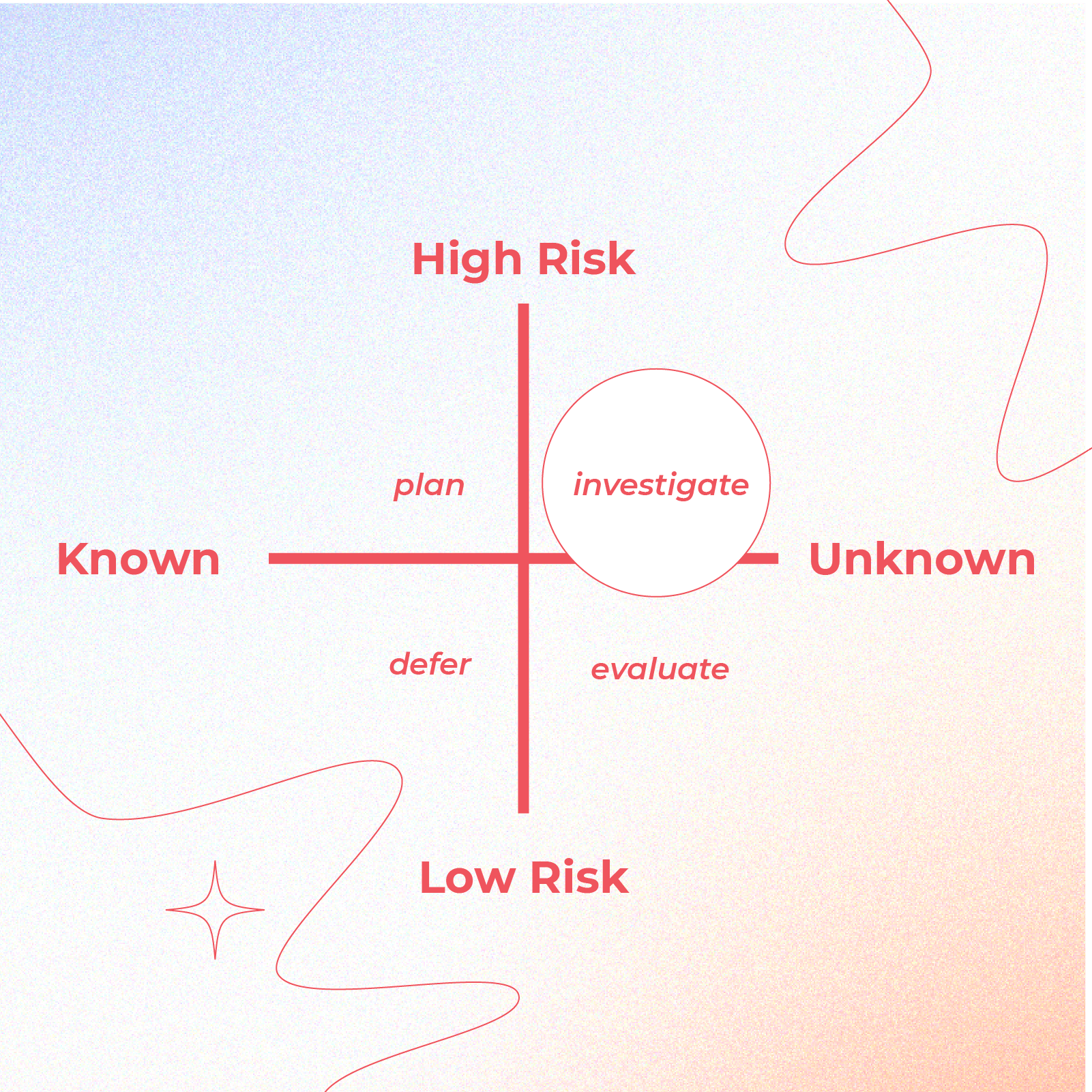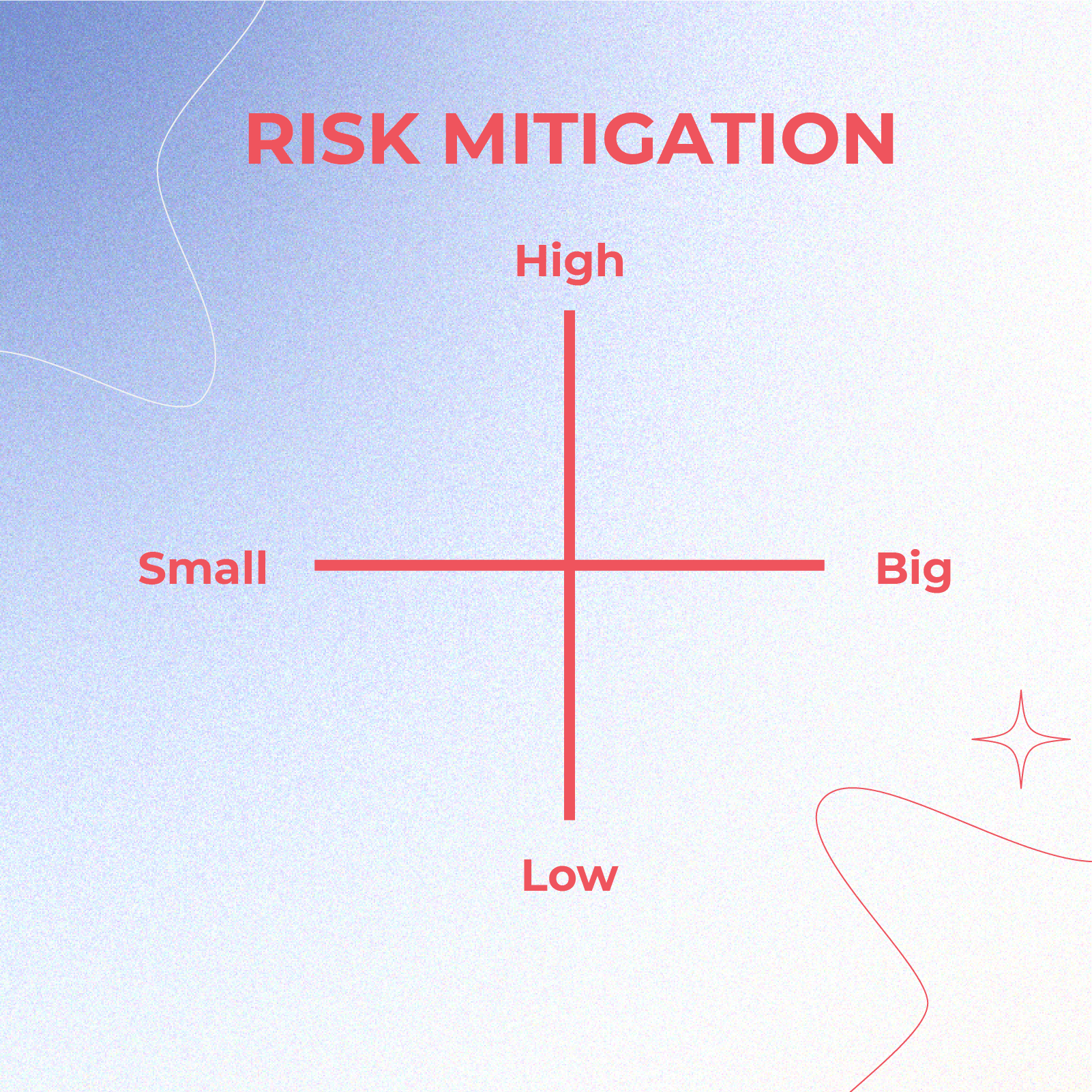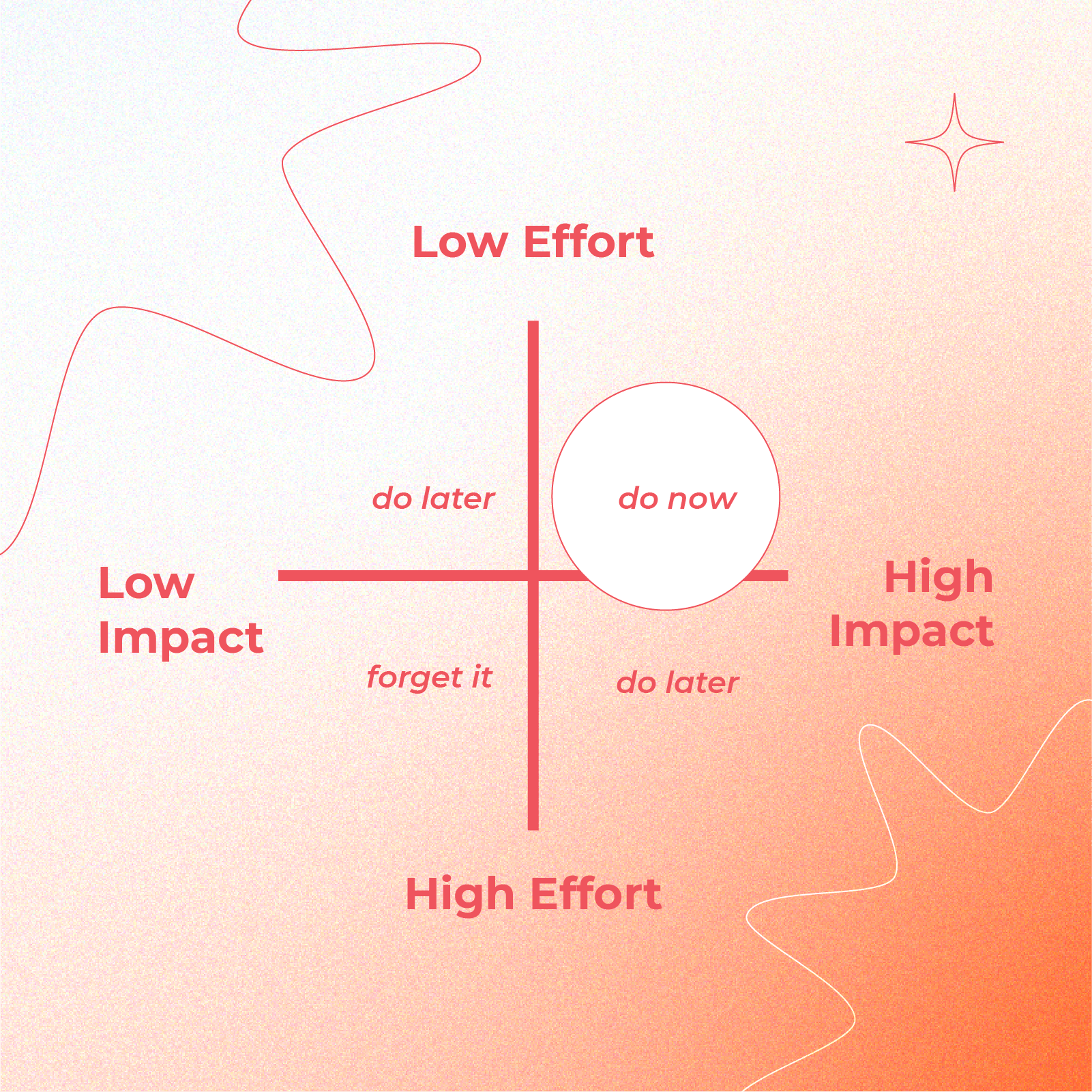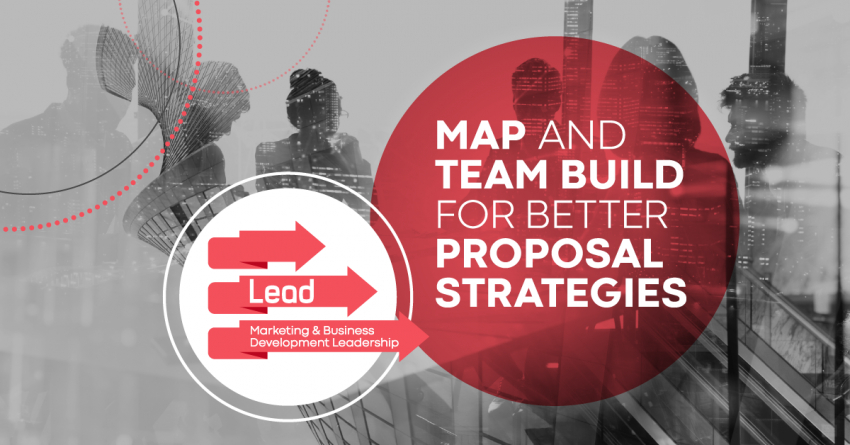You’ve just been asked to help your technical staff create the proposed approach and management plan strategies for an upcoming AEC project pursuit. You have your proposal team in place and representatives from your technical team on board. You are prepared to assist with crafting a winning strategy and get all the best ideas on the table. This process should really be rewarding and productive, right?
Then you remember … group work is challenging. Brainstorming and idea generation—where people get to be creative and combine their unique perspectives to come up with something—is necessary, but guiding the team to decide on all the varying ideas can be overwhelming.
How do you help the team make the decisions that need to be made so AEC pursuit strategies can take shape? Particularly if those decisions are going to dictate the course of the actual project and you’re not sure everyone is going to agree.
Group decision making is not always easy. Here are some tactics to help you prioritize ideas (or challenges) in order to decide where to focus your combined efforts.
Draw a proposal visualization map
No, really. Map-building workshops are great for creating a visual representation of the diverse range of options you’re likely to have on a project. Once you’ve got a visualization map, group decision making becomes much easier to facilitate.
Risk/Mitigation Map
The Risk/Mitigation Map is truly enlightening. It’s highly visual and offers you a solid course of action to take. It’s dependent upon what the team’s assumptions are based on your knowledge of the proposed project, the project’s level of risk, and how much you know about the client.
- Plot your assumptions with Certainty and Risk on the axes:

High risk, known: Make a plan to overcome the risk
Low risk, known: Defer, but monitor if risk increases
High risk, unknown: Investigate immediately
Low risk, unknown: Evaluate your knowledge. What you find out may increase the perceived risk.
2. Plot each assumption on the map, asking the group:
- How bad would it be if we were wrong about this?
- How much understanding do we currently have?
Tip: it can help to ask, “is this more or less risky or unknown than this one?” to get a sense of relativity between items.
3. Continue along this line of questioning until you have plotted all your assumptions on the map. Take the time to think from the perspective of project selection committee members, influencers, design team members, consultants, contractors, etc.
4. Prioritize your riskiest and most unknown assumptions in order to begin the process of validating them.
Order of Importance Map
Now you must guide your team to determine which risks/mitigation strategies matter most to the client and to them. It incorporates an element of debate as well as a visual map and helps to avoid the inevitable question, “what does everyone think is the best solution?”
1. Draw two axes on a large surface.
2. Pick two criteria your participants find important. Here are some commonly used examples:
- Budget vs. Program
- Schedule vs. Resources
- Urgency vs. Importance
- Project Needs vs. User Needs
- Feasibility vs. User Value
- Cost vs. Problem
3. Plot your Risk/Mitigation assumptions (using sticky notes) on the map by ranking them against the criteria. It can help to ask participants “is this more or less than this one?” to get a sense of relativity between assumptions.
Tip: the value of this exercise is not in the absolute rankings you obtain, but in the discussion your participants will have around it. Make sure you not only capture the ranking, but also the arguments used in the discussion as well.
Proposal Discussion Map
This map is the third and final one. The Proposal Discussion Map tactic helps your team narrow down how much effort each idea, the solution required, and the likely impact it will have. Your goal is to decide which of the concepts you want to insert into your initial proposal and interview discussions. This exercise can be useful if you have one (or more) ‘priority’ ideas that your team has determined for the entire project, but too many ideas to discuss in the proposal.
1. Gather your ideas and write a name for each on a sticky note.
2. Draw 'Impact' and 'Effort' on the axes. Make the map large because you will have a lot of ideas!

3. Plot each idea on the graph and then discuss each one in turn. As a group, decide how much effort is involved and what the impact will be.
Low effort, low impact: Do later
Low effort, high impact: Do now
High effort, low impact: Forget it
High effort, high impact: Do later
4. Make a plan for which “Do now” ideas translate to ‘Include in Proposal Strategies.’ Create commitment to those actions with ‘Put Your Money Where Your Mouth Is’ (aka, your last step in the brainstorming process).
Remove the guess work from the group decision making process
Start the ‘Put Your Money Where Your Mouth Is’ discussion by giving every participant a handful of cash. Figuratively, that is. This fun and challenging exercise helps everyone avoid any sentimentality in the decision-making process.
1. Group together the list of ideas you want to prioritize.
2. Explain that each participant has $100 to spend on “buying” the ideas they think are most likely win strategies. Ask the group: Where are you most likely to see a return on your money? Where will you hedge your bets?
3. Instruct everyone to vote by writing down a monetary amount on a sticky note and placing it against an item to be prioritized. Do this until they've ‘spent’ their budget.
4. When everyone has finished, tally the total amount spent on each item and conclude where the most money has been spent.
Cast Your Vote
Using this narrowed down list, now it’s time. This blind voting tactic allows you to eliminate all but one (or three if you prefer) ideas from the running. It’s simple enough that once you’ve used it with your team, you’ll notice them incorporating it into their own meetings.
1. With a marker, clearly number each of the ideas you want the group to decide on (1, 2, 3, 4, etc.)
2. Ensure the group understands what they’ll be voting on by giving time for each person to explain the idea up for vote.
3. Explain that each person has three votes each to use in any way they like. For example, you’re allowed to vote on your own items or place all three votes on one idea!
4. Ask each person to write down the numbers of the items they are voting for on a sticky note.
5. Once voting is finished, gather the sticky notes. Count the votes and note the quantities so everyone can clearly see the results.
This guide to brainstorming your project pursuit strategies helps you neutralize the impact of biases and engages every technical staff member to participate and hear ideas so that your proposal writing effort can be streamlined. The mapping and voting also keeps your AEC marketing team engaged and learning the ins and outs of technical problem-solving. And best of all, it guarantees that your technical team is doing the strategic thinking to help solve your client’s problem. It’s a win/win for everyone!






